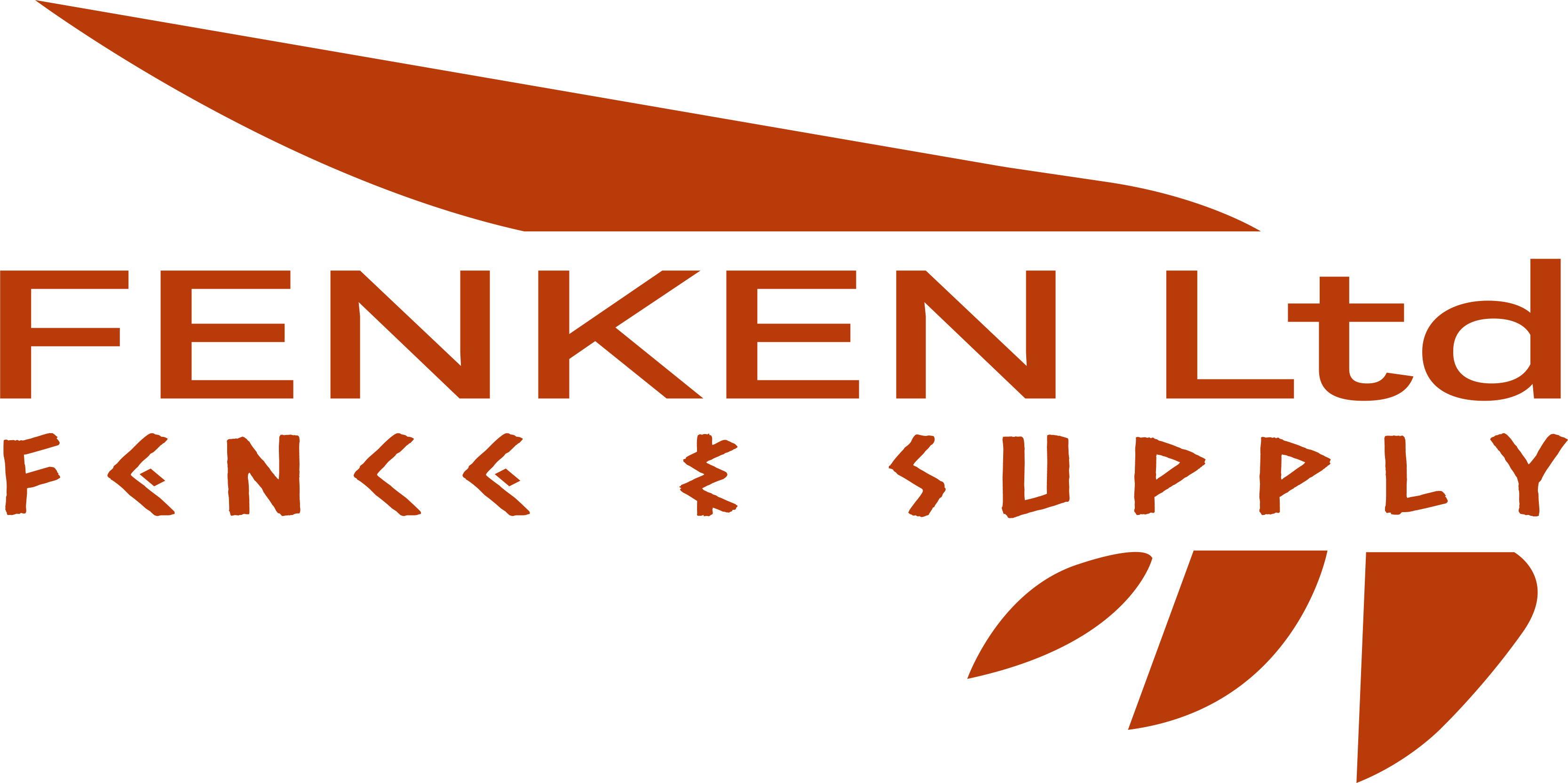In today’s world, sustainability has become a crucial consideration in all aspects of our lives, including the choices we make for our properties. When it comes to fencing, opting for sustainable solutions not only benefits the environment but also contributes to a greener and more eco-conscious future. In this blog post, we will delve into the significance of choosing sustainable fencing solutions and explore the positive impact they can have on both the environment and your property.
Environmental Impact of Traditional Fencing Materials
Traditional fencing materials, such as wood, PVC, or metal, often have negative environmental consequences. Wood used in fencing contributes to deforestation, leading to habitat loss and increased carbon emissions. PVC, a commonly used synthetic material, requires the extraction of fossil fuels and emits toxic substances during production and disposal. Metal fences, while durable, contribute to resource depletion and can release harmful chemicals into the environment.
Benefits of Sustainable Fencing
Choosing sustainable fencing materials offers numerous benefits for both the environment and property owners. One of the key advantages is the use of recycled materials. Composite lumber, for example, is made from recycled plastic and wood fibers, reducing the demand for new resources. Recycled metal is another sustainable option, as it reduces the need for mining and extraction processes.
Additionally, sustainable materials like bamboo or reclaimed wood provide an eco-friendly alternative to traditional wood fencing. Bamboo is a rapidly renewable resource that grows quickly and requires minimal pesticides or fertilizers. Reclaimed wood, salvaged from old structures, is a sustainable choice that repurposes existing materials and reduces waste.
Low-Maintenance and Longevity
Sustainable fencing materials often require less maintenance compared to traditional options. Composite lumber, for instance, is resistant to rot, insect damage, and fading, eliminating the need for regular staining or painting. Recycled metal fences are highly durable, corrosion-resistant, and can withstand harsh weather conditions.
By choosing sustainable materials, property owners can enjoy long-lasting fences that require minimal upkeep. This not only saves time and effort but also reduces the need for chemical treatments or frequent replacements, resulting in cost savings over the long term.

Eco-Friendly Installation and Maintenance Practices
Sustainable fencing goes beyond just the materials used; it also involves eco-friendly installation and maintenance practices. During installation, it is important to avoid harmful chemicals or excessive excavation that can disrupt the surrounding ecosystem. By employing eco-conscious installation techniques, such as using non-toxic adhesives or minimizing ground disturbance, you can reduce the environmental impact of the fencing process.
Similarly, maintaining a sustainable fence involves using environmentally friendly cleaners and opting for natural alternatives when repairs are needed. This ensures that the fence remains in good condition while minimizing the introduction of harmful substances into the environment.
Supporting a Greener Future
Choosing sustainable fencing solutions is not only about securing your property but also about making a positive impact on the environment. By reducing the demand for new resources, minimizing waste generation, and lowering carbon emissions, sustainable fencing choices contribute to a greener future. Each sustainable fence installed is a step towards a more environmentally conscious society, where our actions align with our values.
Conclusion
By choosing sustainable fencing solutions, we can ensure the security of our properties while actively contributing to environmental conservation. Sustainable materials, low-maintenance features, and eco-friendly installation practices all play a role in creating fences that are both functional and eco-conscious. Let’s prioritize sustainability and make a positive difference, one fence at a time. Together, we can build a greener and more sustainable future for generations to come.

